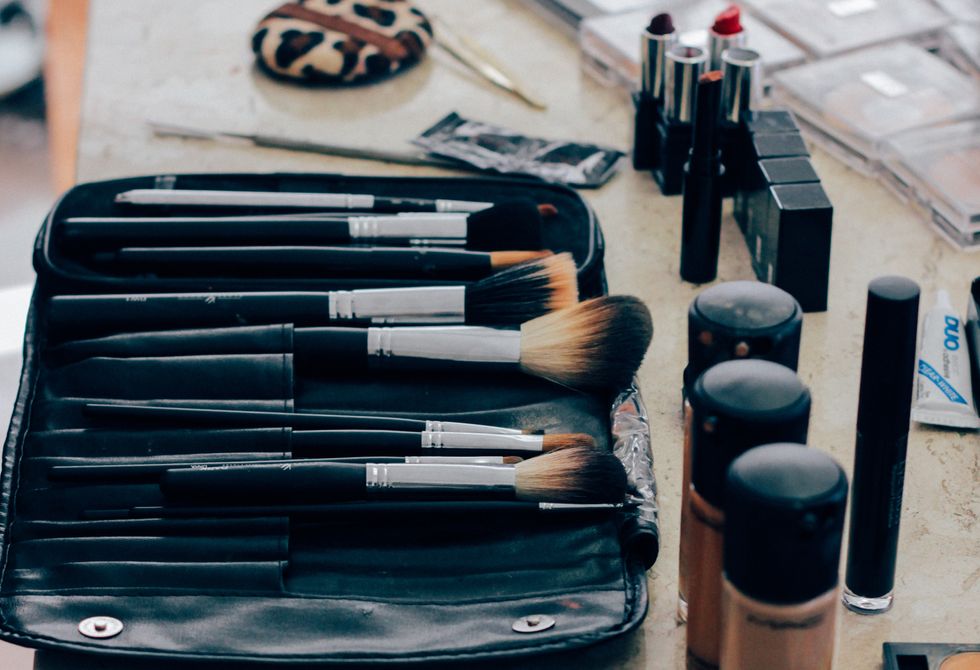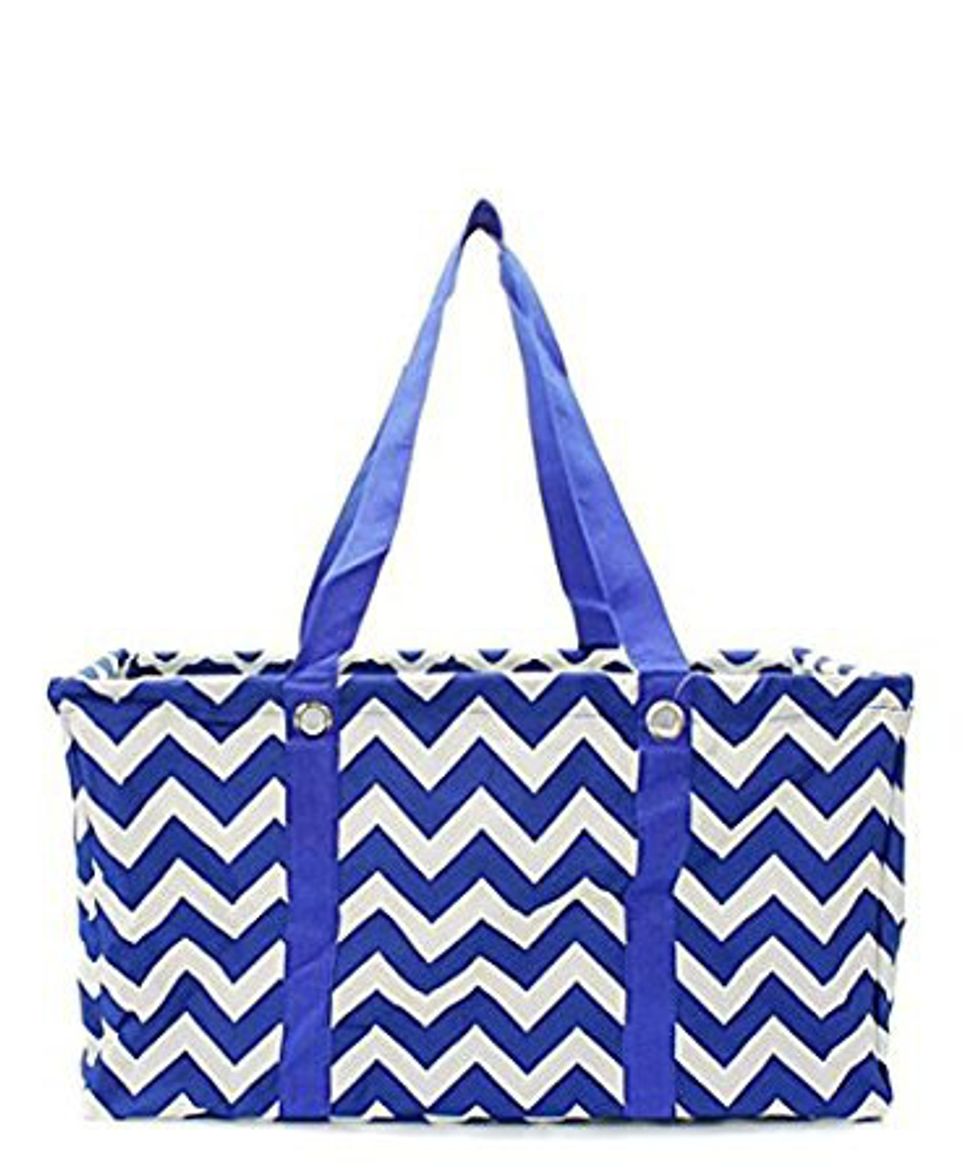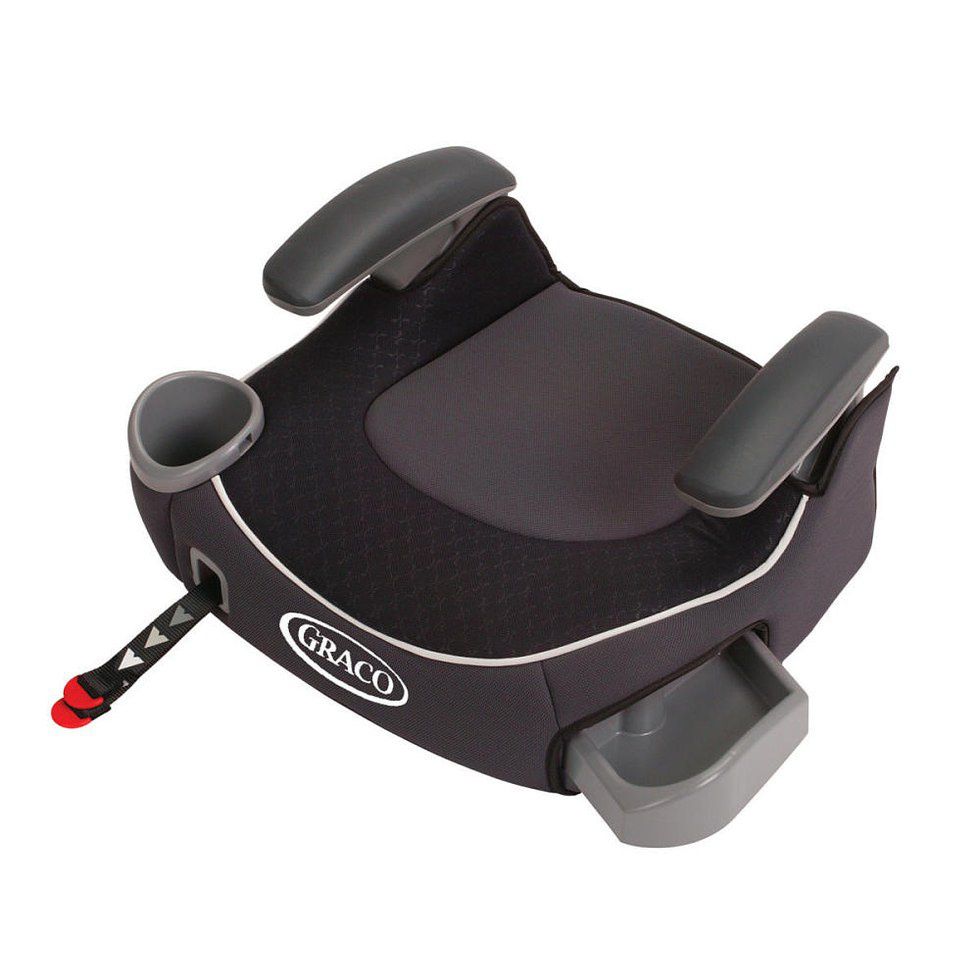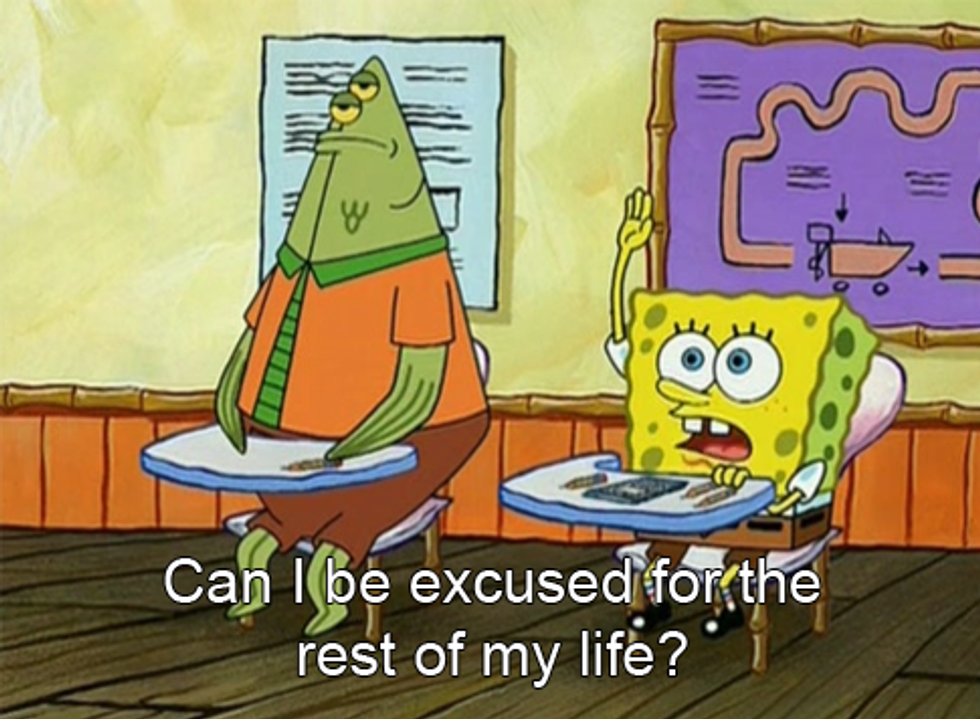I’ve loved makeup ever since the day I first held up my fruity scented lip smackers. I have always admired the way makeup could exaggerate, refine, or alter one’s face to achieve the look he or she wishes to create. In my eyes, makeup is a form of art. The brushes and instruments work with products on skin identical to the way artists guide a paintbrush on canvas to conceive a masterpiece. This is exactly what makeup should remain as — a craft.
Color correcting is a new beauty trend on the rise. It involves using powders or concealer-like products ranging in different colors to change the tone of a particular area of the skin. Green is applied to negate red tones, purple to cancel yellow, and pink to eliminate brown. Coming from someone with a makeup obsession, I am all for utilizing products of all colors and textures to accomplish a look. However, it is not the employment of the actual product that bothers me, it is the term. The label “color correcting” is disturbing.
The title “color correcting” implies that something naturally occurring within your skin is wrong and needs to be modified. Scouting products with this label may have one questioning if their natural beauty can actually be considered beautiful anymore. Naturally occurring rosy cheeks, freckles, age spots, all of the unique elements that contribute to one’s natural face now comes into question if these features are deemed satisfactory.
This takes me into my biggest problem with this rhetoric. Beauty should not come down to one particular look. Beauty is a spectrum of sizes, colors, features. A multitude of these products include colors that will correct brown or yellow tones. Yellow tones in the skin are common among Asians; “correcting” the yellow tones brightens the skin into a whiter complexion, similar to the way pink tones eliminate brown, causing the brown color to lighten. Suggesting that yellow and brown tones in the skin are incorrect is a racial issue. It absolutely should not be acceptable to sell a product that "corrects" yellow or dark skin tones. Though this may not have been the main intention of the makeup companies selling these products, it’s subliminal message is clear — yellow and brown tones aren’t deemed as aesthetically acceptable. The lighter the skin, the more beautiful — that is the message companies that sell theses title are advertising.
Sure, after some mornings after a long night of studying instead of sleeping, I’ll throw a yellow-toned product on my dark under-eye circles to make it appear as if I am not exhausted, but ready for my day. However, I assure you that this product I use does not bare a label declaring “color correcting.” I refuse to give money to a company that advertises makeup as a correction to a "problem." It is not about what the product itself is doing, it is about what it is being sold as. To say that I don’t believe in playing around with different colors to achieve certain looks would be hypocritical, as I use bronzers, eyeliners, and eyeshadows almost daily in order to accentuate or hide what I choose to. However, these products that I use are just that — a choice. I am just as comfortable with my face unmade as I am with my face made up. It is my decision whether or not I want to define my eyes with liner or chisel my cheeks with bronzer. However, by using rhetoric such as correcting into labels or products deflects makeup as a hobby, and enforces that natural beauty is incorrect in the world of glamor.
With young men and women growing up in a world that already has unreachable, impossible beauty standards, do you really want to contribute to companies that blatantly advertise beauty as a singular form? Society has made great strides to demonstrate beauty as a large scope; that no matter what, especially the color of your skin, you are beautiful. When you buy “color correcting” products, you are also helping to sell the subliminal message behind it.





















